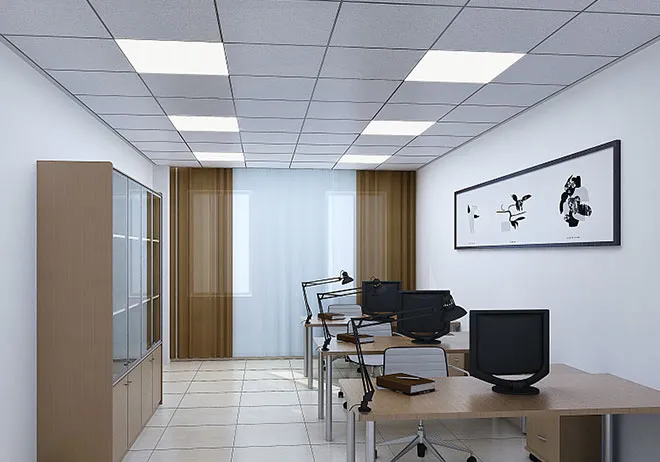Nov . 02, 2024 07:27 Back to list
ceiling tile access panel
The Importance of Ceiling Tile Access Panels
Ceiling tile access panels are an essential feature in both residential and commercial building designs. These panels provide a convenient and discreet means of accessing areas above ceilings, such as electrical wiring, plumbing, and HVAC systems, without compromising the aesthetics of the space. In this article, we will explore the significance of ceiling tile access panels, their various types, installation considerations, and benefits.
Why Ceiling Tile Access Panels Matter
Ceiling tile access panels serve multiple purposes. They play a critical role in the maintenance and management of building infrastructure. Many vital systems, such as air ducts, wiring, and plumbing, run through areas above the ceiling tiles. Access panels allow for quick inspection, repairs, or upgrades to these systems without the need to disrupt the entire ceiling.
In commercial buildings, where downtime can lead to significant financial loss, access panels enable technicians to perform maintenance swiftly and efficiently. In residential settings, they provide homeowners with peace of mind, knowing they can easily reach essential services without extensive renovations.
Types of Ceiling Tile Access Panels
There are several types of ceiling tile access panels available to suit different needs. The most common types include
1. Flanged Panels These panels feature a flange that sits atop the ceiling tile, providing a seamless and finished appearance. They are often used in areas where aesthetics are critical.
2. Flush Panels Designed to sit flush with the ceiling, these panels offer a minimalistic look. They are ideal for spaces where visual continuity is essential.
ceiling tile access panel

3. Heavy-Duty Panels These panels are built to withstand more significant wear and tear, making them suitable for industrial or high-traffic areas.
4. Fire-Rated Panels In buildings where fire safety is a concern, fire-rated access panels are crucial. They help maintain the integrity of fire-rated ceilings by preventing heat and smoke from traveling through openings.
Installation Considerations
Installing ceiling tile access panels requires careful planning and execution. It’s essential to consider the location of overhead systems and the frequency of access needed. Panels should be placed in easily accessible areas, allowing for quick entry without the need for extensive effort. A professional may be required to ensure that the installation complies with local building codes and regulations.
Benefits of Access Panels
The advantages of ceiling tile access panels extend beyond mere convenience. They enhance the overall functionality of a space, reduce maintenance costs, and improve safety. By allowing easy access to essential systems, buildings can operate more efficiently, and potential hazards can be addressed promptly.
Moreover, by using aesthetically pleasing access panels, the visual integrity of a room remains intact, ensuring that both residential and commercial spaces look polished and well-maintained.
Conclusion
Ceiling tile access panels are a vital component in modern building design. Their role in facilitating easy access to crucial infrastructure while maintaining the aesthetic quality of a space cannot be overstated. By investing in well-designed access panels, property owners can ensure their buildings are both functional and visually appealing, paving the way for efficient maintenance and user satisfaction.
-
Durable Ceiling T Grid Systems | Easy InstallationNewsAug.29,2025
-
PVC Gypsum Ceiling: Durable, Laminated Tiles for Modern SpacesNewsAug.28,2025
-
Pvc Gypsum Ceiling Is DurableNewsAug.21,2025
-
Mineral Fiber Board Is DurableNewsAug.21,2025
-
Ceiling Tile Clip Reusable DesignNewsAug.21,2025
-
Ceiling T Grid Modular DesignNewsAug.21,2025







